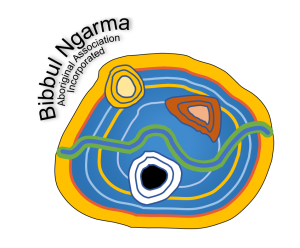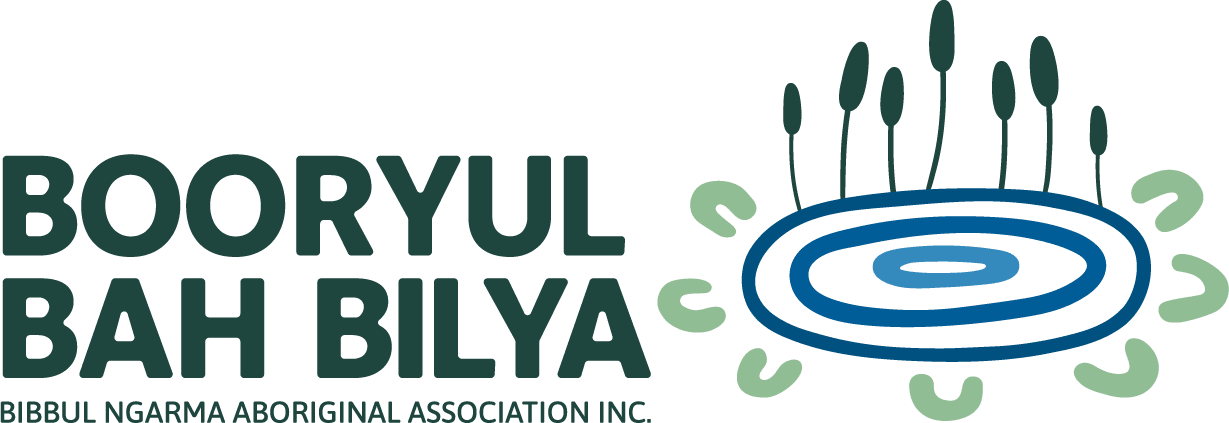
We have a unique opportunity to change the future for Australian rivers but we need your help.
The more people complete our survey, the stronger our plan will be. We want to hear from everyone!
Our rivers are in trouble
Most Western Australian rivers are degraded. Less than 1% of our major rivers are in pristine or near-pristine condition.1
Common threats include urbanisation and development pressure, climate change, altered water flows, abstraction, salinity, pollution, vegetation clearing, habitat loss, pests/diseases, weeds, feral species, erosion and sedimentation.
River management is fragmented and shared across different agencies and landowners. Despite good work of many, river health continues to decline.
To have a realistic chance of restoring river health, new thinking and approaches are urgently needed.
1 Water and Rivers Commission, Department of Environment (2004) The Importance of Western Australia’s Waterways
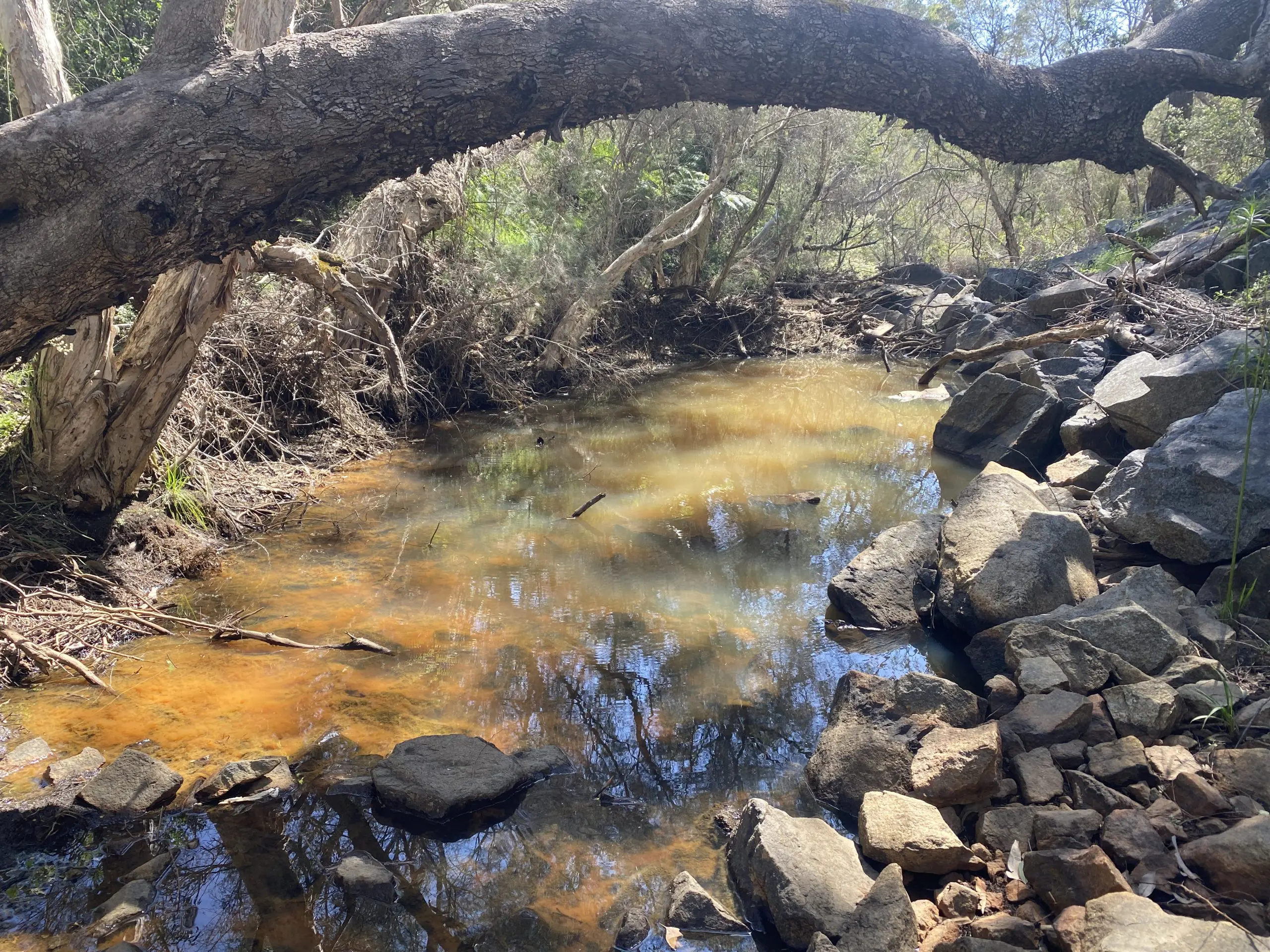

A new initiative for healthy rivers
We believe we have a unique opportunity to change the future for our rivers through our BoorYul-Bah-Bilya program.
BoorYul-Bah-Bilya is our flagship initiative that aims to address declining river health by creating a new type of community catchment plan.
The program’s first plan focuses on the Mandoon Bilya, or Helena River, near Perth. However, we hope to have far-reaching impacts by creating a model that can be applied to any river.
Launch of the first plan will coincide with the 2029 Perth Bicentenary – an important opportunity to consider the impact of colonisation on our rivers and the future challenges of a drying climate and growing population.
Through BoorYul-Bah-Bilya, we hope to create transformative change for all rivers and a legacy for all Australians.
How is BoorYul-Bah-Bilya different?
BoorYul-Bah-Bilya is the first plan of its kind to:
1. Be led by Traditional Owners but designed for the whole community, combining traditional and western knowledge so everyone can benefit from the system that has balanced these lands from the beginning.
2. Be created using a grassroots approach, ensuring local community knowledge is embedded throughout, and enabling everyone to participate in a shared journey and support the future vision.
3. Consider environmental, social, cultural and economic factors, allowing a better balance between the many values of rivers in one integrated plan.
4. Consider an entire river catchment, enabling landscape-scale outcomes that go far beyond mapped boundaries and help us understand how small changes impact the whole river.
5. Establish a transferable and scalable model that can be applied to any river, facilitating the widespread change that is urgently needed for all rivers and creating a legacy for all Australians.

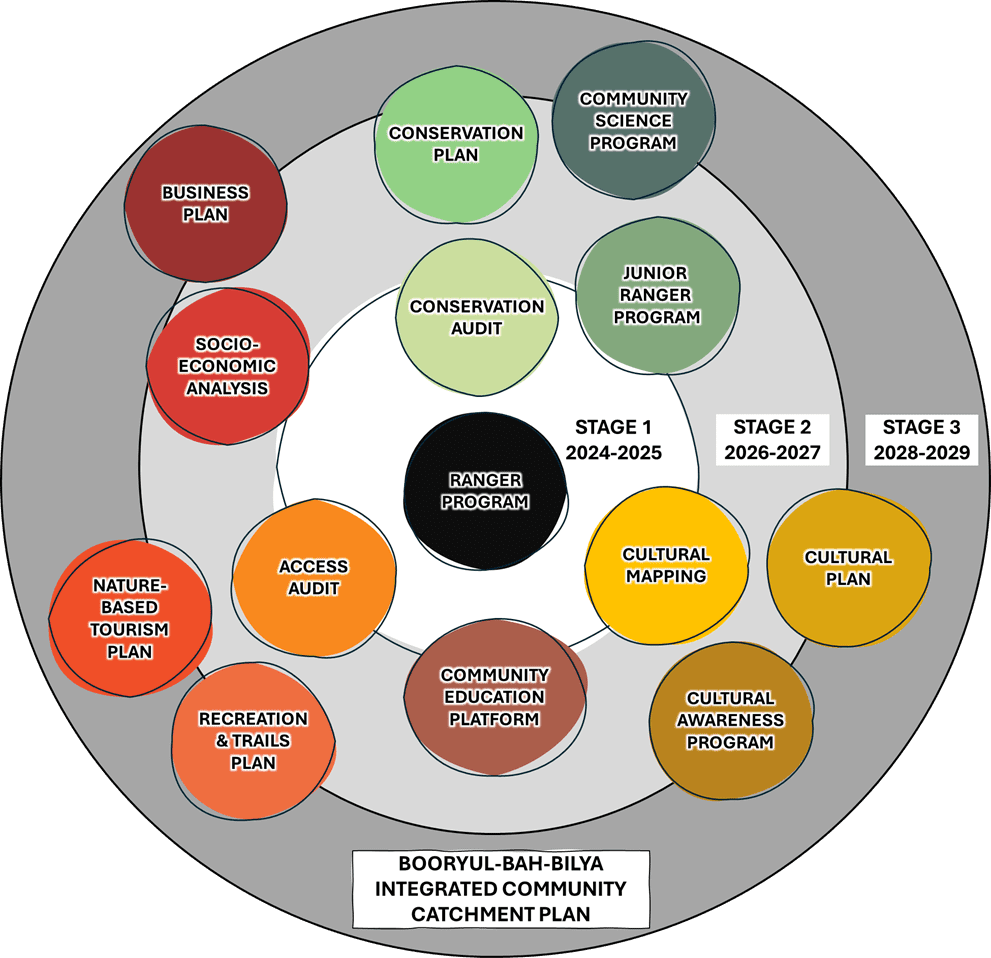
BOORYUL-BAH-BILYA PLAN
We are developing our new community catchment plan over 3 broad stages leading up to the 2029 Perth Bicentenary.
Each stage includes activities that will help us to understand the river catchment and plan for a better future.
For example, the conservation audit will allow us to understand how healthy the river is, and feed into the conservation plan, which will allow us to create a costed roadmap to restore the river’s ecological health.
The BoorYul-Bah-Bilya plan will enable us to:
- Restore the river’s ecological health
- Reinstate the river’s cultural significance
- Enhance the river’s social value as a community asset
- Support sustainable economic growth and local jobs
- Improve the health and wellbeing of our community
- Build resilience to climate change and urbanisation
The BoorYul-Bah-Bilya plan is a transferable process for community-led healthy rivers that empowers active, inclusive and thriving communities.
Shared community vision and journey
- The plan is developed through activities that focus on data gathering, community engagement, learning and inclusion.
- The plan uses a values-based sustainability framework to consider environmental, cultural, social and economic factors from a whole-community perspective.
- Knowledge is shared with the community to enable people to gain understanding of different perspectives and develop motivation for active change.
- The plan identifies collaborative actions that can be undertaken by community and government working together to create a shared journey that everyone can be part of.
- A shared journey is essential to connect our community under a shared vision and empower people to contribute to a better future.


Get involved
Transformative change requires everyone to work together. Restoring river health is not achievable by one organisation alone and it will take collective action to halt the decline.
The combined knowledge of the whole community is needed to develop a robust plan that is supported by many people.
BoorYul-Bah-Bilya is led from a Noongar perspective but designed for the inclusion of the whole community. We are working with a wide range of community groups, businesses, schools, researchers, residents and government agencies to collate information and develop our plan.
If you would like to get involved or share information with us, we would love to hear from you!
BoorYul-bah-bilya sTAGE 1 ACTIVITIES

RANGER PROGRAM
We are developing a ranger program to support the restoration and maintenance of the river's natural and cultural environment on the ground.
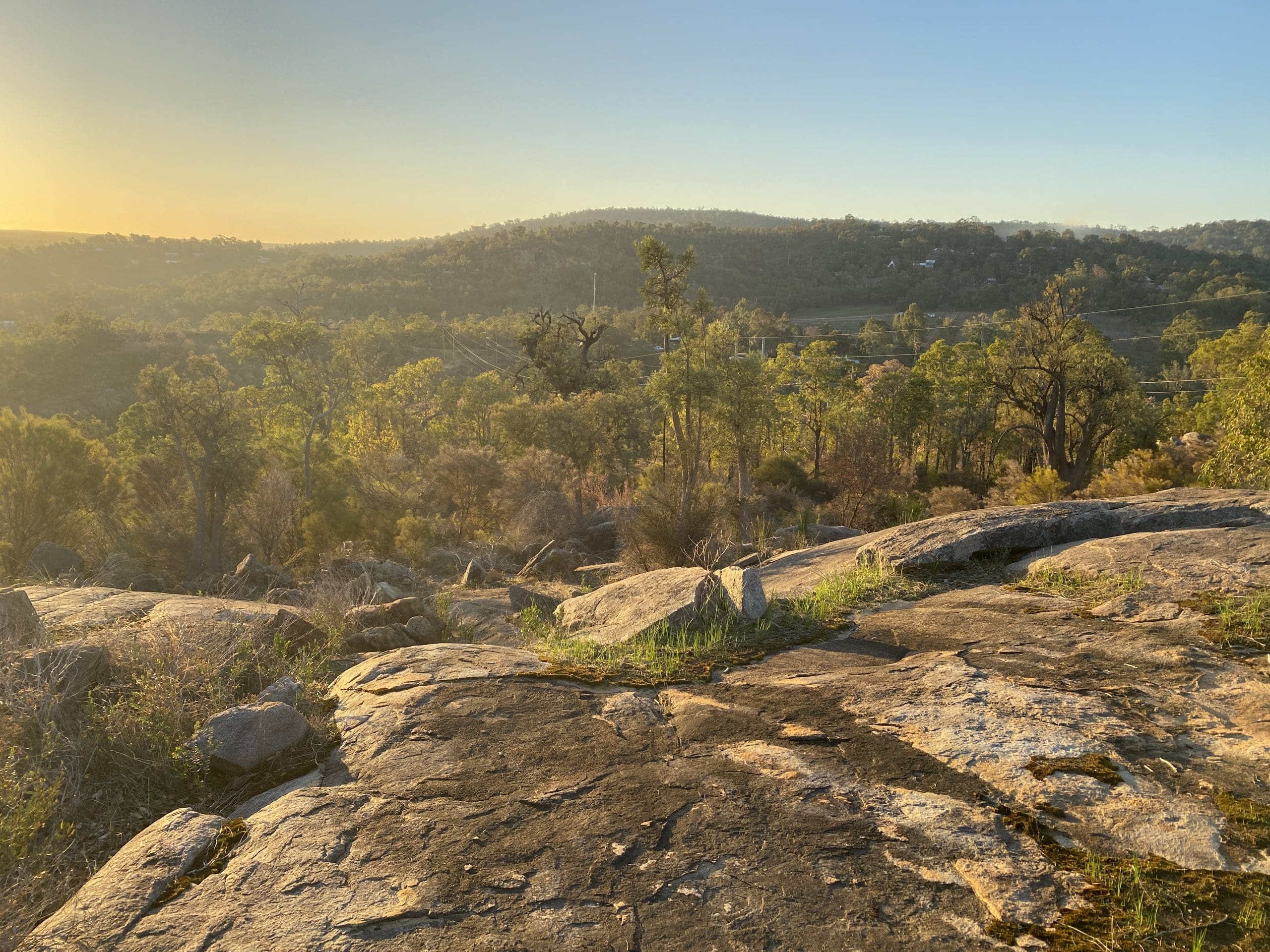
CULTURAL MAPPING
We are documenting significant places, people and events in the river's catchment, from both an Aboriginal and non-Aboriginal perspective.
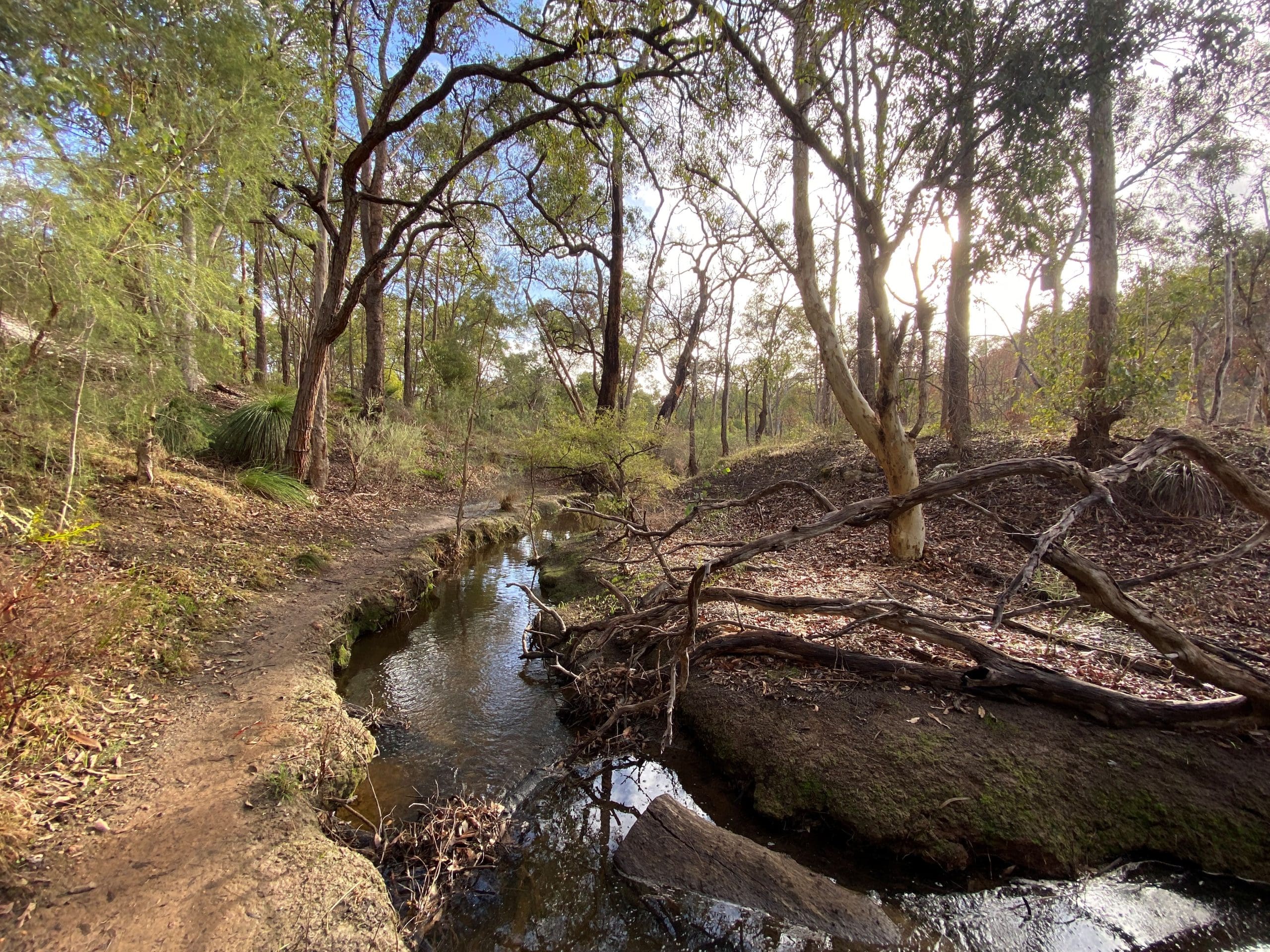
CONSERVATION AUDIT
We are undertaking a landscape-scale audit of the river's ecological health to establish a baseline to measure future changes.
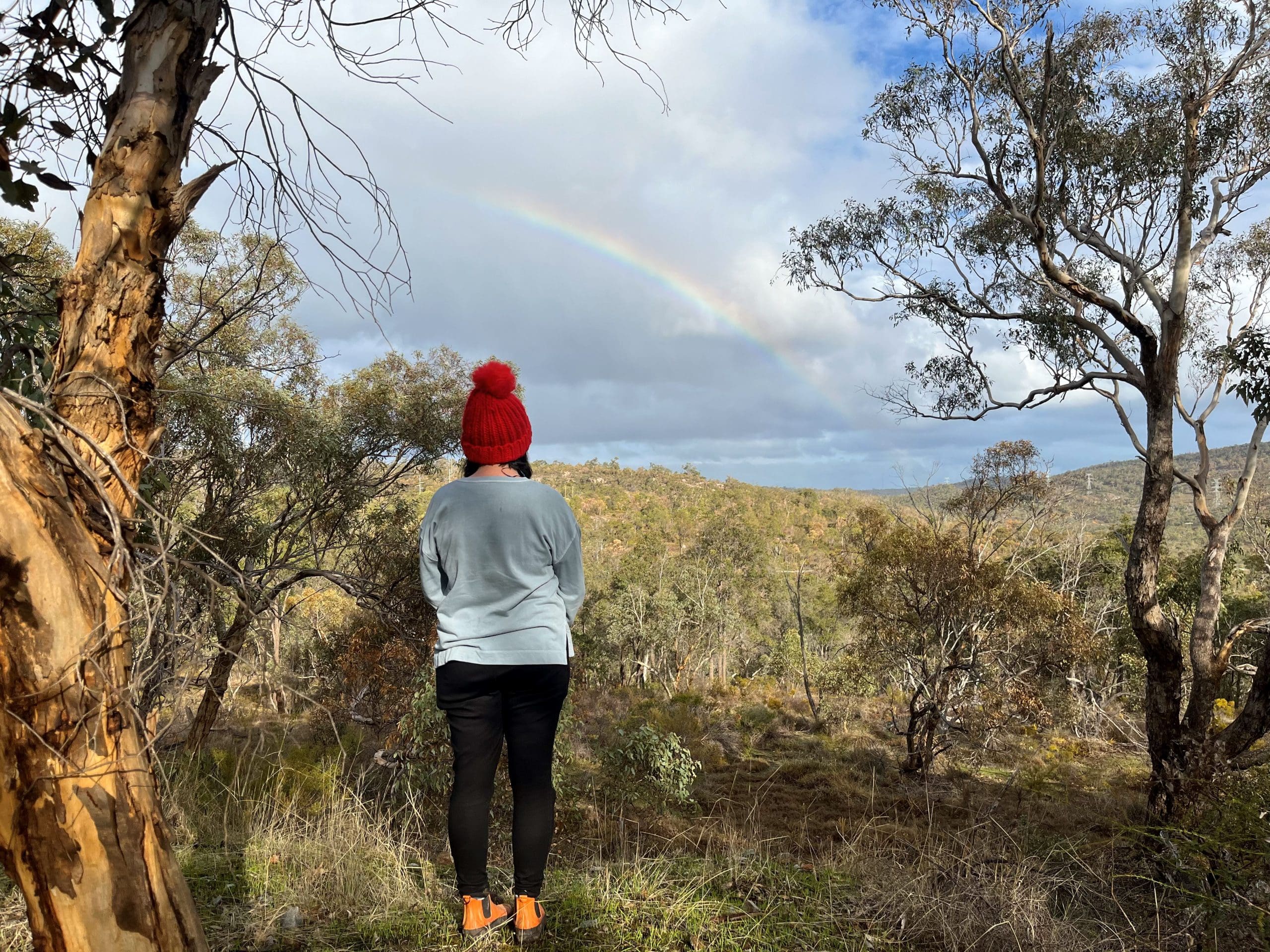
access audit
We are mapping catchment access to support safe and sustainable community connection to the river's places.
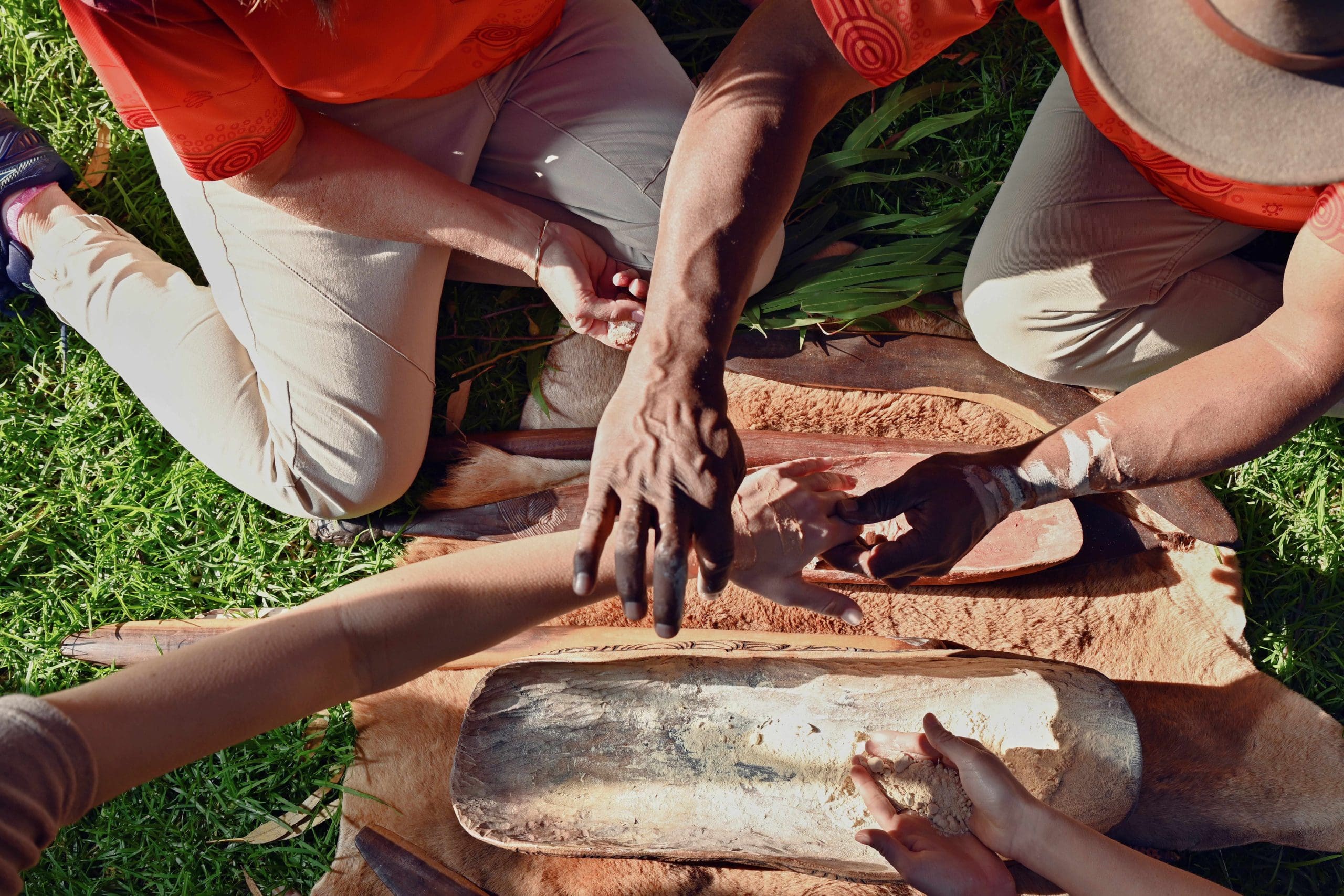
community education
We are establishing an education platform to share knowledge about the river and increase community understanding of its values.

information GATHERING
We are gathering community information to inform development of our the plan. We'd love to hear from you if you have information to share!
Thanks to our supporters
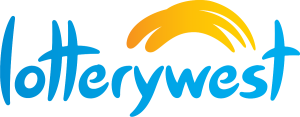
Stage 1 of the BoorYul-Bah-Bilya program is supported by a grant from Lotterywest. This includes cultural mapping, undertaking eDNA sampling to help inform ecosystem protection, and building long term capacity and sustainability of our organisation.
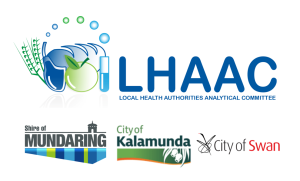
In 2024, we undertook baseline water and sediment sampling that was enabled by collaborative funding from three local governments (Shire of Mundaring, City of Kalamunda and City of Swan) that was facilitated by the Local Health Authorities Analytical Committee (LHAAC), a statutory WA State Government entity under the Health (Miscellaneous Provisions) Act 1911.
In 2025, we received two Community Rivercare grants from the WA Department of Biodiversity, Conservation and Attractions to help us deliver on-ground environmental works to improve sections of Mandoon Bilya (Helena River) and Nyaania Creek. The works include weed control, planting and habitat improvement for birds and other species.

In 2025, we received two Preserve, Promote and Protect our Aboriginal Sites grants from the WA Department of Planning, Lands and Heritage to help us deliver on-ground works to preserve, protect and promote the cultural heritage of sections of Mandoon Bilya (Helena River) and Nyaania Creek. The works include site cleanup and installation of wooden benches and signs.

In 2025, we received a Community Investment Grant from Bendigo Community Bank Mundaring to help us purchase a 4WD vehicle to safely transport our team and equipment around the Mandoon Bilya catchment while carrying out BoorYul-Bah-Bilya program activities.
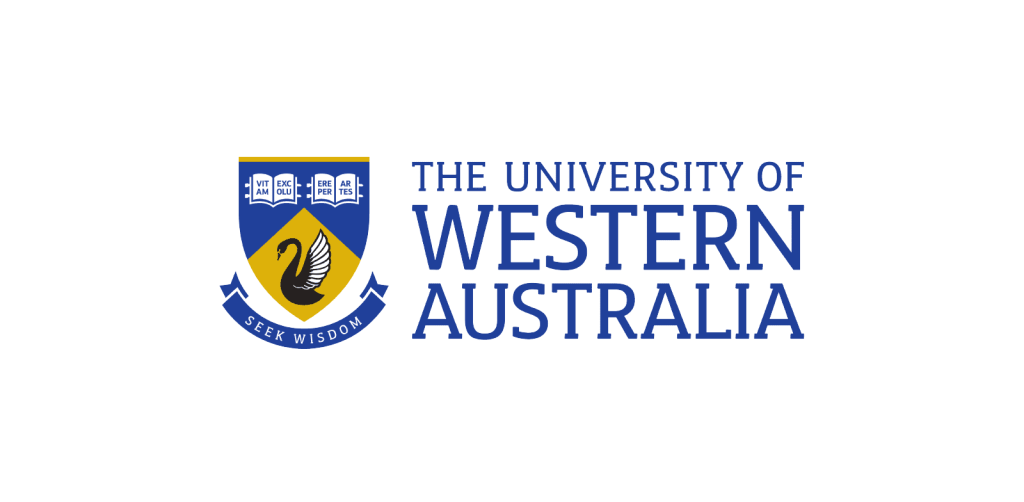
Establishment of BoorYul-Bah-Bilya was supported by seed funds from the University of Western Australia through the Waterways Western Australia (WWA) program. The first WWA project was Mandoon-Helena River Confluence, led by the late Professor Anas Ghadouani and members of BNAA, Greg Ugle and Francesca Flynn. The project documents the community vision for Mandoon Bilya (Helena River): “The river’s health is protected and restored for all to enjoy through connection of people with place and culture, and enhancement of environmental and social values that support sustainable economic development.”
